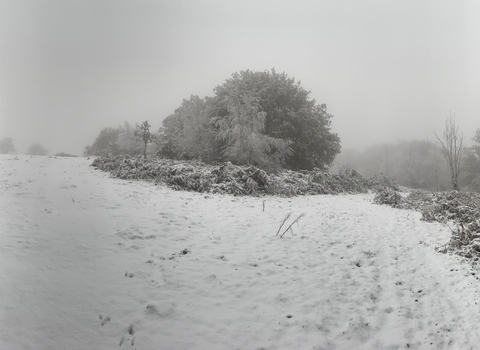
Lea Meadows
Location
Know before you go
Dogs
When to visit
Opening times
Always openBest time to visit
SpringAbout the reserve
|
As you approach this beautiful nature reserve, you’ll see a large, undulating meadow stretched out before you. On the opposite side of the meadow, a line of alder trees following the winding stream. There are conifer woods all around. There might be cattle grazing the meadow, helping to maintain the huge diversity of plant life, which in turn supports a profusion of insects. There are paths for visitors to enjoy the reserve, and we please ask that you follow these so as not to damage this sensitive area. The reserve is at its most beautiful in late spring, when an array of flowers blossom into life. Over 240 species of plants have been recorded from the reserve. In early summer pignut attracts chimney sweeper moths, while later in the summer the carpets turn the purple and blue of betony, harebell and devil's-bit scabious, among numerous species of grasses, sedges and rush. In wetter areas, many hundreds of common and heath spotted-orchids flower, with marsh speedwell and opposite-leaved golden-saxifrage. In drier parts bitter-vetch, great burnet, pepper-saxifrage and a few plants of saw-wort can be seen. The stream is incredibly clean and healthy, providing the perfect haven for the brook lamprey. Other fish, like bullhead, minnow, three-spined stickleback and brown trout, have also been recorded. Kingfishers are occasionally seen along the stream and the alders alongside are excellent for wintering flocks of siskin and redpoll. The Lea Meadows can be traced back over seven centuries and appears to be part of a medieval assart, Lea Wood being the other part. When visiting the reserve look out for ridge and furrow underlying some areas. These parts have been ploughed, probably in the 13th or 14th century when grassland had to be sacrificed to meet the immediate demands of a rapidly growing population. To protect the area from grazing animals like wild deer, a substantial bank and ditch was built around the assart. Remnants of this can be seen just after entering the meadows from the east. |


